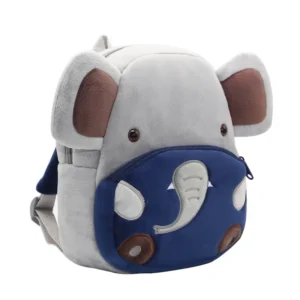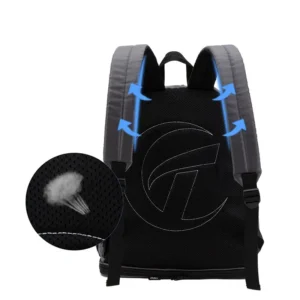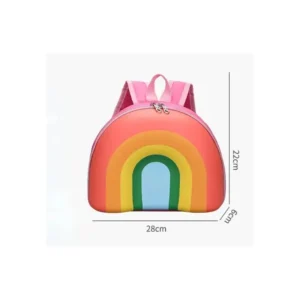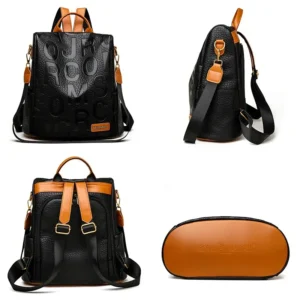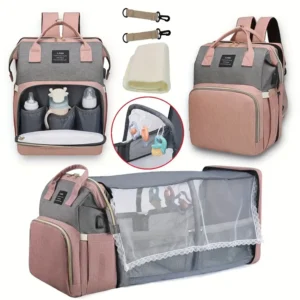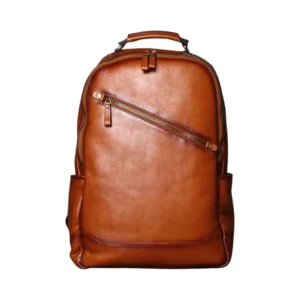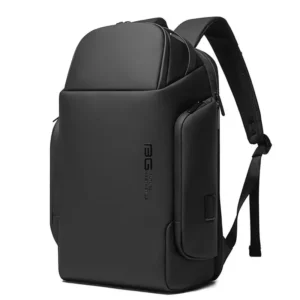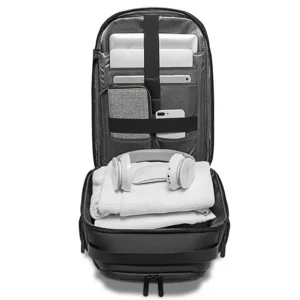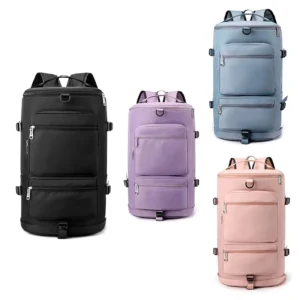How to Properly Attach Snowshoes to Your Backpack for Easy Transport
Selecting the Right Backpack for Snowshoe Adventures
Choosing the right backpack can significantly enhance your snowshoeing experience. One of the primary factors to consider is the volume capacity. Ensure your backpack provides enough space to carry essential gear along with your snowshoes when they're not in use. Look for adjustable straps and loops, as these features facilitate the secure attachment of snowshoes, preventing them from shifting during your trek. Additionally, consider backpacks with reinforced material and durability, essential for withstanding the often harsh winter terrain and conditions. For a comprehensive range of backpacks, visit Backpack Design.

Step-by-Step Guide to Attaching Snowshoes Securely
Attaching snowshoes to your backpack requires careful planning and technique. Start by securing the bindings: align your snowshoes vertically along the sides of your backpack. Use the compression straps of your backpack to loop through the bindings and tighten them to prevent movement. For added stability, use the additional loops at the bottom of your pack, threading them through the snowshoes’ frame. If your backpack doesn’t have designated attachment points, utilize bungee cords or adjustable clips to create a custom-fitting harness. It's crucial to ensure the snowshoes are snugly attached to avoid snagging on nearby branches or rocks, and to maintain your balance while hiking.
-
$29.90 Select options This product has multiple variants. The options may be chosen on the product page
-
$44.90 Select options This product has multiple variants. The options may be chosen on the product page
-
$9.90 Select options This product has multiple variants. The options may be chosen on the product page
Comparing Different Attachment Methods: Straps vs. Clips
When it comes to attaching snowshoes, both straps and clips offer distinct advantages. Straps are versatile and adjustable, allowing for customized fitting regardless of the snowshoe size or backpack design. They are often lighter and can be easily replaced or doubled for added security. On the other hand, clips provide a quicker attachment and release, which is beneficial when time is of the essence. They offer a firm hold and are typically more durable against wear and tear. However, clips might be less forgiving with varying snowshoe dimensions and require specific attachment points on the backpack. Both options have their merits, and the choice ultimately boils down to personal preference and the specifics of your backpack.

The Advantages of Attaching Snowshoes to Your Backpack
Attaching snowshoes to your backpack holds numerous advantages, particularly during extended hikes or when transitioning through varied terrains. By doing so, you free up your hands, allowing for greater maneuverability and balance in difficult hiking zones. It prevents any unnecessary wear on the snowshoe frame from ground friction when not in use, prolonging the lifespan of your equipment. Additionally, it ensures you're compliant with 'leave no trace' principles, as carrying rather than dragging minimizes environmental impact. Streamlining your load by securing snowshoes also prevents them from wobbling and causing imbalance, enhancing your overall trekking experience. Furthermore, it simplifies the process of facing sudden terrain changes, allowing for quick transitions between hiking and snowshoeing as needed.
-
$38.90 Select options This product has multiple variants. The options may be chosen on the product page
-
$25.90 Select options This product has multiple variants. The options may be chosen on the product page
Ensuring Balance and Safety On the Trail
Safety is paramount when embarking on snowshoeing trips, and securing your snowshoes effectively onto your backpack plays a significant role in maintaining balance on the trail. Distributing weight evenly across your pack is essential; improper weighting can lead to discomfort, and imbalance increases the risk of falls, especially on slippery slopes. Ensuring that the snowshoes are centrally aligned helps stabilize your center of gravity. Pay attention to strap tightness—too loose can create shifting that disrupts your walk, while overly tight can constrain your pack's natural movements, making navigation cumbersome. Regularly check the status of the attachments throughout your hike to make necessary adjustments. Incorporating trekking poles can also aid in maintaining balance, complementing the secured load on your back.
-
$239.90 Select options This product has multiple variants. The options may be chosen on the product page
-
$99.90 Select options This product has multiple variants. The options may be chosen on the product page
-
$44.90 Select options This product has multiple variants. The options may be chosen on the product page
-
$22.90 Select options This product has multiple variants. The options may be chosen on the product page
Weather Considerations: Protecting Your Gear from the Elements
Weather conditions are an unpredictable factor in snowshoeing adventures, demanding consideration when securing and transporting your snowshoes. Rain, snow, and freezing temperatures can affect both the durability of your backpack and the snowshoes. Choose a backpack with water-resistant features or use a rain cover to protect your gear from moisture. If your snowshoes have metal parts, covering them with a plastic wrap or a protective case can prevent rust or freezing that may impede functionality. In windy conditions, additional tightening of straps may be necessary to secure the snowshoes against sudden gusts. Always carry spare fasteners or clips, ensuring you are prepared for any weather-induced wear or damage during your journey.
Preparing for Long-Distance Snowshoeing Adventures
When planning for long-distance snowshoeing trips, meticulous preparation is key. Start by conditioning your body to scale both terrain and weight; daily exercises focusing on core strength and balance can be beneficial. Organize your backpack by placing the lightest items at the bottom and centralizing the heavier gear such as snowshoes, ensuring an ergonomic load distribution. Familiarize yourself with the route, identifying places that might require frequent transitions between trekking and snowshoeing, and adjust your packing technique accordingly. Equipping yourself with essential survival gear, including navigation tools, first aid kits, and extra clothing layers, is crucial. Thorough preparation not only enhances the efficiency of attaching and detaching snowshoes but significantly improves the overall success and enjoyment of your adventure.

Mastering Snowshoe Attachment for a Seamless Outdoor Experience
In conclusion, effectively attaching snowshoes to your backpack is a vital skill for any snowshoe enthusiast aiming to optimize their outdoor experiences. By selecting the right backpack, mastering secure attachment methods, understanding the landscape demands, and preparing thoroughly, you can enjoy uninterrupted snowshoeing adventures with ease and safety. Remember that balance, weight distribution, and protection against weather are integral elements that contribute to a successful hike. With practice and the right techniques, venturing into snowy terrains becomes a more manageable and rewarding endeavor.



